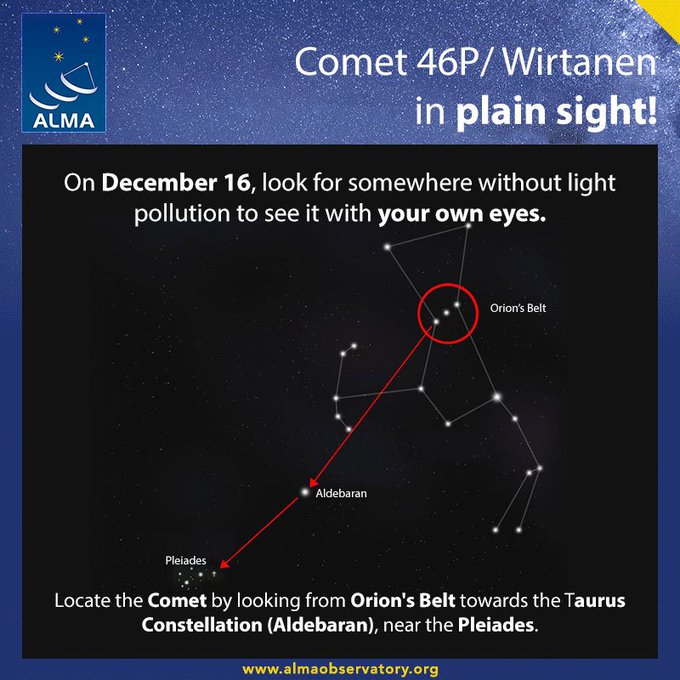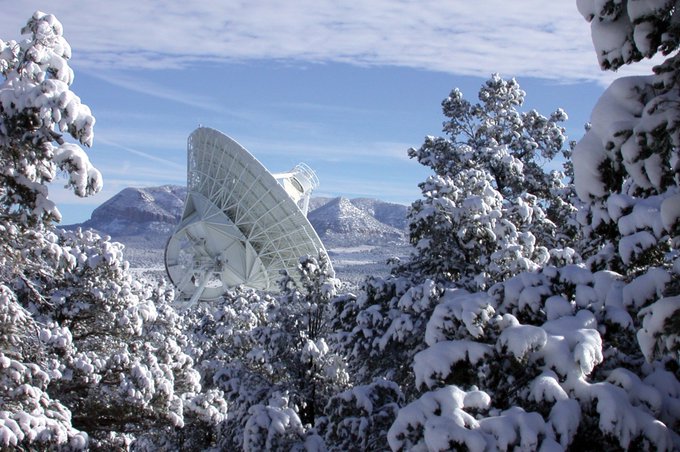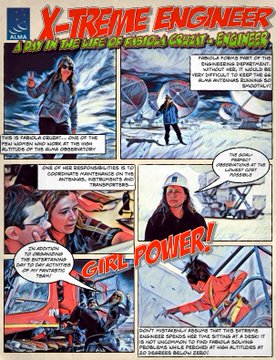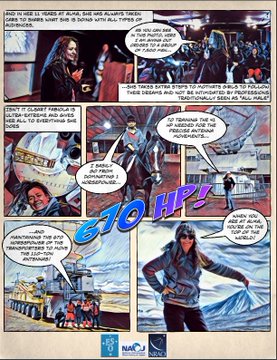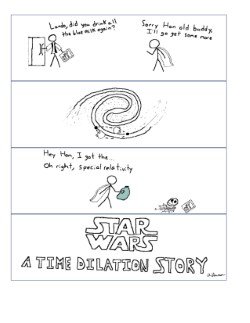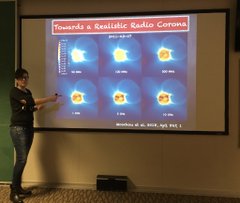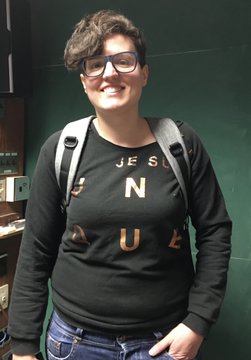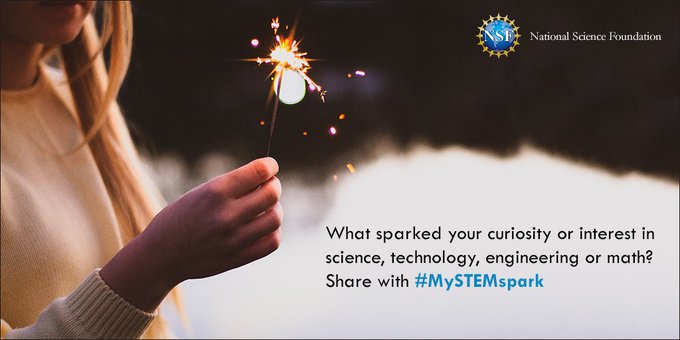-
"After measuring the amount of H₃⁺ in Saturn’s upper atmosphere, Dr. O’Donoghue and his team @NASAGoddard concluded that as much as 4,400 pounds of water are falling onto Saturn each second."http://www.nytimes.com/2018/12/17/science/saturn-rings-vanish.html …
-
A break in the clouds during a snowstorm creates a dramatic scene at the Atacama Large Millimeter/submillimeter Array in northern Chile.#radioimageoftheweek
Credit: J. Guarda, #ALMA (ESO/NAOJ/NRAO) -
NRAO Retweeted
#News: Chandra delivers a colorful cosmic image collection! Each new image blends Chandra data with those from other telescopes, such as @NASAHubble, @ESO's VLT, & @TheNRAO's VLA — a multiwavelength, multicolored light display from across our Universe! http://bit.ly/cosmic_treats
-
Riccardo Giacconi, an astrophysicist who won the Nobel Prize for pioneering the study of the universe through the X-rays, died last Sunday. President of Associated Universities from 1999 to 2004, he worked with other observatories to build #ALMA in Chile. https://www.nytimes.com/2018/12/13/science/riccardo-giacconi-dead.html …
-
Detailed @almaobs images show a variety of protoplanetary disks formations. Dot in the lower left corner shows resolution, typically 5AU, the distance from Jupiter to the Sun.
Credit: Sean Andrew @CenterForAstro https://public.nrao.edu/news/2018-alma-survey-disks/#PRimage2 … -
Planet-forming properties abound – but it needs to be quick! Stars as massive as MM 1a only live for around a million years before exploding as powerful supernovae. Credit: J. D. Ilee / University of Leedshttps://public.nrao.edu/news/2018-alma-fragmenting-disk/#PRimageSelected …
-
A Star (or two) is Born

 @almaobs observes two young stars forming from the same swirling protoplanetary disk. https://public.nrao.edu/news/2018-alma-fragmenting-disk/#PRimage2 …
@almaobs observes two young stars forming from the same swirling protoplanetary disk. https://public.nrao.edu/news/2018-alma-fragmenting-disk/#PRimage2 …
Credit: ALMA (ESO/NAOJ/NRAO); J. D. Ilee / University of Leeds -
Animation of newly formed planets traveling around a central host star, sweeping their orbits clear of dust and gas. These same ring-link structures were observed recently by @almaobs around a number of young stars. Credit: @NSF, A. Khanhttps://public.nrao.edu/news/2018-alma-survey-disks/#PRimage3 …
-
A clear picture of planet formation. @almaobs conducts the highest resolution survey of nearby protoplanetary
 's. This image depicts the mm-wavelength light emitted by dust in the disk, highlighting similarities and differences.https://public.nrao.edu/news/2018-alma-survey-disks/#PRimage0 …
's. This image depicts the mm-wavelength light emitted by dust in the disk, highlighting similarities and differences.https://public.nrao.edu/news/2018-alma-survey-disks/#PRimage0 … -
Want to know what @almaobs and the Very Large Array are observing in real time? Check out our Mission Control feature that marks the place on the sky where each telescope is pointing right now. #VLAhttps://public.nrao.edu/explore/mission-control/ …
-
NRAO Retweeted
Trying to decide what to study? At ALMA we have amazing professionals who have come to work with us full of passion and vocation, like Fabiola Cruzat, our extreme engineer!

 #ALMAHeroes
#ALMAHeroes
-
The @NSF's Very Large Array makes the cut as one of the most interesting -- and quirkiest -- science destinations under 40 years old in the U.S. (we think the #VLA is a #NationalTreasure, too).https://savingplaces.org/stories/40-places-under-40-years-old-science-and-tech#.XAOruy2ZM_U …
-
#MySTEMspark continued:
Also, studying physics is basically the closest thing you can get to studying magic, and who wouldn't want to study magic? Aaron L. Media Specialist -
#MySTEMspark moment: I really liked Star Wars as a kid and that got me into science fiction. When you like science fiction you end up asking yourself if the kind of things you see in the movies could ever be real. And to answer that you really need to learn about physics.
-
Protoplanetary disks are rotating bands of dust and gas around young stars. These regions act as chemical cauldrons brewing up complex organic molecules that could setup the conditions for life elsewhere in the cosmos. But how does this happen? #ALMAhttps://public.nrao.edu/blogs/when-astronomers-see-disks-they-see-chemical-cauldrons/ …
-
Thanks to @SofiaMoschou for joining us today and talking about her research on Synthetic Radio Imaging! Great work!!
-
NRAO Retweeted
#MarsLanding begins. Our @NASAInSight lander separated from the cruise stage that protected it on its journey through space. Next, it enters Mars’ atmosphere. Tune in & watch live now: https://go.nasa.gov/2FI5AW0
-
NRAO Retweeted
Can you remember the moment that sparked your interest in #science?
This week and next, we want to draw attention to the power of #STEM education. Share your story (with a video or photo) using #MySTEMspark: https://bit.ly/2P3zWBD
There are no more Tweets in this timeline.


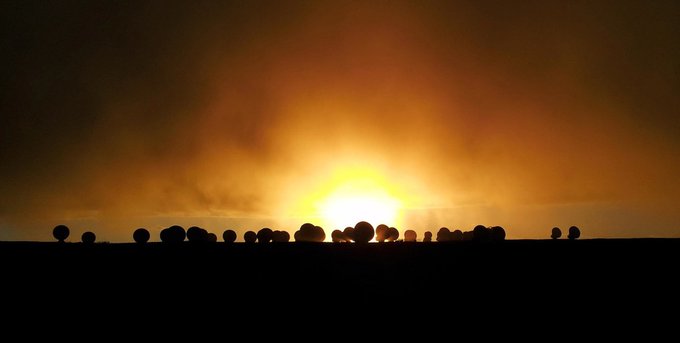

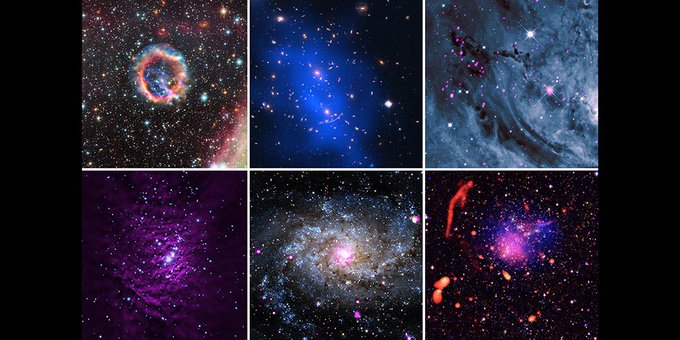

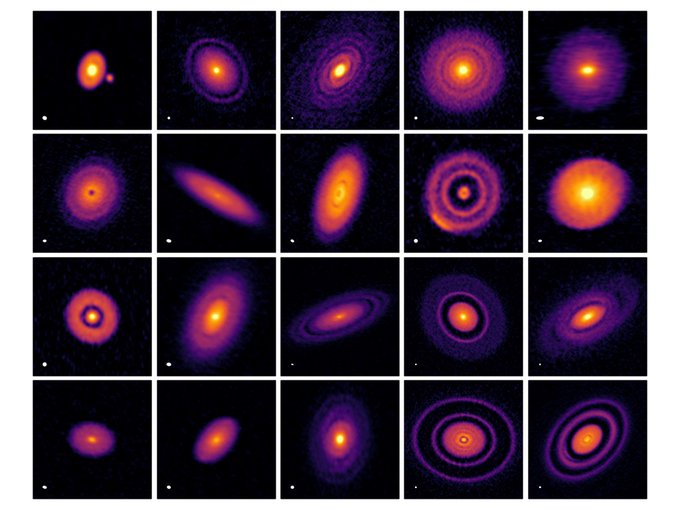
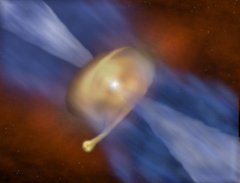
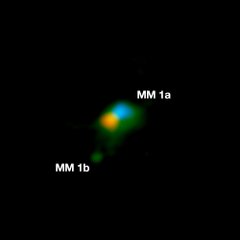
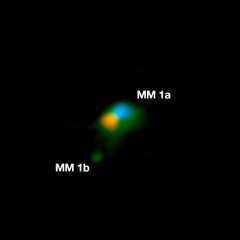
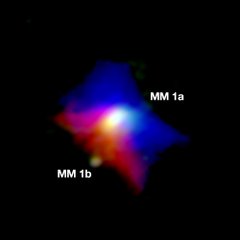



 And throughout the month, it can be observed with binoculars and small telescopes.
And throughout the month, it can be observed with binoculars and small telescopes.